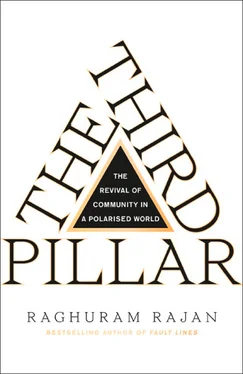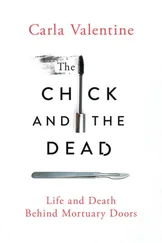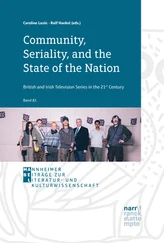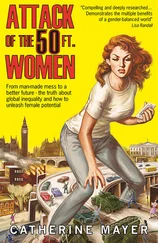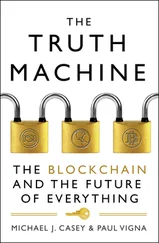As with other revival projects, the community first undertook an inventory of its assets to figure out what it could build around. It had its churches that would provide moral, vocal, and financial support for any revival, it had decent schools, it had a strong Mexican-American community with tightly knit families, and it was in Chicago, a city that goes through ups and downs but is still one of America’s great cities.
The first order of action was to make the community more livable, which meant keeping it clean, ridding the streets of crime, and strengthening the schools. Residents were organised to hound the city sanitation department to do their job – clean the streets and collect garbage. People were urged to form block clubs and ad hoc groups against crime. They would walk out of their houses when they saw suspicious activity so as to crowd the criminals out, or jointly call the police so that the criminals would not know who to blame. The community campaigned successfully for a moratorium on city liquor licenses in Pilsen, got some especially problematic bars closed down, and worked with police, churches, and absentee landlords to target and close down known gang houses. 8Remedial education, after-school extracurricular programmes, and job-training programmes increased, enabling young people to get more from their schoolwork, and giving them a ladder to jobs. Parents were urged to get involved in the schools, and they did. New school programmes started – one example is the Cristo Rey Catholic School, which aims to give its students a quality education like that obtainable at St. Ignatius, one of Chicago’s premier Catholic schools, while keeping it affordable. Cristo Rey raised funds from local businesses, in return for which students work one day a week for their sponsoring business. The student attends school the other four days, getting both a good education and work experience each week.
As the community members saw revival efforts paying off, they got more engaged, and virtuous cycles started emerging. As some older gang members turned to legitimate business, their prosperity inspired other gang members to develop skills other than the ability to inflict violence. The proliferation of youth-oriented programmes at the schools gave them a way to escape their past. As crime came down, new businesses started opening, including franchises like McDonald’s, and they offered low-level entry jobs that drew youth into work. With Chicago becoming more of a hub for the regional distribution of goods, more jobs were created as wholesale warehouses and refrigeration centers opened in Pilsen, drawn by the still-low real estate prices and falling crime.
With the area more livable, the Resurrection Project turned to keeping the poor, some of who have very few assets and very little buffer against a sudden loss of job or illness, in their rented homes. This would stabilise the community. Ironically, it is getting harder as the community strengthens because rents are increasing and buying is becoming costlier. Large banks, of which a growing number have now set up in the community, are not well equipped to understand community practices. This hampers their lending. In Pilsen, a working woman’s mother will often cook for her and babysit her children, so the worker’s salary goes a much longer way because she does not pay for these services. Similarly, family members may lend each other money, making it possible for someone to keep up loan payments even if their income is volatile. Typically, such practices are hard for a loan officer from a large bank to substantiate or document, which is why he has to go primarily on the explicit record of income. 9Community-based financial institutions, where decisions are made locally based on the soft information available in the community, understand the worker is more creditworthy than her salary slip might suggest. Being free from the tyranny of requiring hard documentation, they are more willing to lend locally than large banks.
Recognising the importance of local institutions, in 2013 the Resurrection Project helped rescue a failing community bank, Second Federal. At that time, 29 per cent of the bank’s mortgages were delinquent, and many local borrowers would have faced eviction if the bank had been closed or sold outside the community. Vacancies would have depressed house prices and brought back crime. Second Federal’s delinquencies are now down to 4 per cent of its mortgage portfolio, because it worked with its borrowers and nursed the loans back to health. People continue to use its branch as a community center, meeting there to chat with neighbours, or bringing their mail to have it translated by tellers.
The Resurrection Project has itself built affordable housing that it rents to needy families, nudging them to move out when they can afford market rents. One of its developments, Casa Queretaro, looks sleek and welcoming, seeming more luxury housing than affordable – in management’s view, there is no reason why so much affordable housing should look run down. The Resurrection Project also tries to increase access to credit locally. Its volunteers work with community members to improve their financial understanding, to get them to build and improve their credit histories by, for example, paying their utility bills regularly and on time.
There is much more to community revival, but the picture should be clear. Pilsen is by no means a rich or prosperous community but it now has hope. It has built on its Mexican connections – it has a National Museum of Mexican Art – though it is proudly American. Cinco de Mayo, a Mexican festival, is celebrated with great gusto, but over two hundred fifty thousand people join the Fourth of July parade in Pilsen. Raul Raymundo’s aim is to welcome people of every ethnicity into Pilsen while building on the core stability of the existing community. As he tells people when they buy a house, ‘You are not buying a piece of property, you are buying a piece of the community.’
FINAL PRELIMINARIES
Who am I and why do I write this book? I am a professor at the University of Chicago, and I have spent time as the Chief Economist and head of Research at the International Monetary Fund, where we gave advice to a variety of industrial and developing countries. I also was the Governor of India’s central bank, where we undertook reforms to improve India’s financial system. I have experience working in both the international financial system and in an emerging market. In my adult life, I have never been more concerned about the direction our leaders are taking us than I am today.
In my book Fault Lines: How Hidden Fractures Still Threaten the World Economy, published in 2010, I worried about the consequences of rising inequality, arguing that easy housing credit before the Global Financial Crisis was, in part, a way for politicians to deflect people’s attention from their stagnant paychecks. I was concerned that instead of drawing the right lesson from the crisis – that we need to fix the deep fault lines in developed societies and the global order – we would search for scapegoats. I wrote:
‘The first victims of a political search for scapegoats are those who are visible, easily demonised, but powerless to defend themselves. The illegal immigrant or the foreign worker do not vote, but they are essential to the economy – the former because they often do jobs no one else will touch in normal times, and the latter because they are the source of the cheap imports that have raised the standard of living for all, but especially those with low incomes. There has to be a better way …’ 10
The search for scapegoats is well and truly on. I write this book because I see an increasingly polarised world that risks turning its back on seventy years of widespread peace and prosperity. It threatens to forget what has worked, even while ignoring what needs to change. The Populist nationalists and the radical Left understand the need for reform, but they have no real answers as they resort to the politics of anger and envy. The mainstream establishment parties do not even admit to the need for change. There is much to do, and the challenges are mounting. The state, markets, and the community can be brought into a much better balance. We must start now.
Читать дальше
